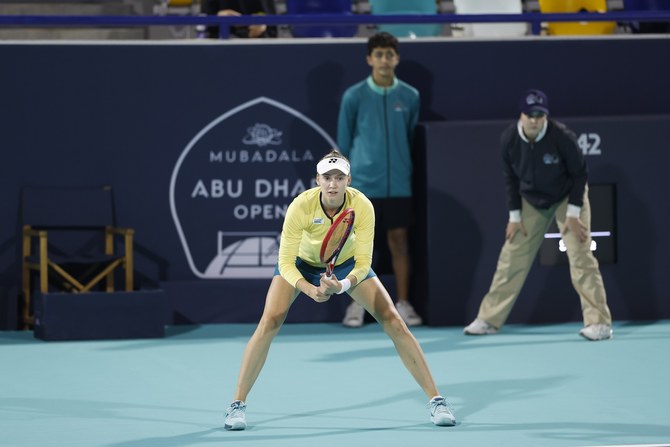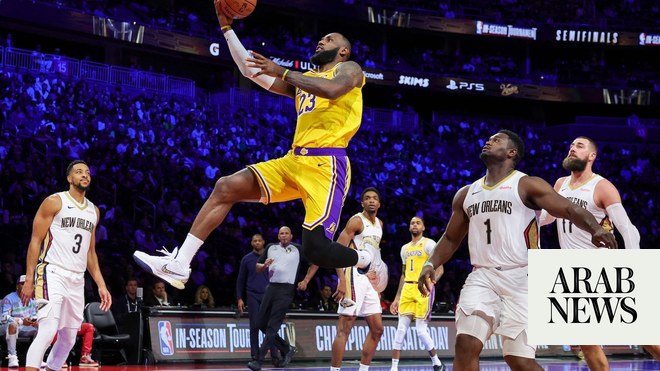
If they handed out world championships on the strength of talking, it would be no contest. Sunday’s final between Gerwyn Price and Gary Anderson pits Wales against Scotland, a first-time finalist against a two-time champion, insurgent brawn against world-weary indifference. While Anderson is an all-time great who speaks of himself as a run-of-the-mill pub thrower, Price finally stands on the verge of cashing the cheques his mouth has merrily been writing for years.
When he awakens in his hotel bubble on Sunday morning, the 35-year-old from Markham will know that he stands one game away from claiming it all. A first world championship. The No 1 world ranking. And most importantly of all, the fulfilment of a promise that has sustained him ever since he gave up a career in rugby union to chance his arm on the travelling sideshow of competitive arrows.
But in his way stands a competitor who he underestimates at his peril. The 50-year-old Anderson may often give the impression of a player who feels his best days are behind him. He hasn’t won a major title for more than two years. “It felt atrocious,” he said of his semi-final victory here, a 6-3 demolition of Dave Chisnall. When it was pointed out to him that he had averaged 100 and hit 13 180s, he simply shrugged.
And yet for all Anderson’s gloomy, glass-half-empty schtick, here he is: in a fifth world final, and without ever really hitting his best form. He may only be the No 13 seed, but he scores heavily and consistently, keeps an even temper and knows how to win the big games: partly, you feel, by refusing to acknowledge that they are big games in the first place.
This was where Chisnall fell down. Fresh from his 5-0 trouncing of world No 1 Michael van Gerwen in the quarter-final, Chisnall looked skittish and distracted, a man gripped by the occasion. The scoring was characteristically heavy, the finishing frequently outstanding: a 170 in the second set, a clutch 124 in the fifth with Anderson sitting on tops. What he lacked was the composure to ride out the key moments.
Price, meanwhile, came from 3-1 down to beat the tireless Steven Bunting 6-4 in the first semi-final: a match of supreme quality and thrilling shifts in momentum, where every leg began to feel like its own mini-epic. The standard of finishing verged on the surreal: 13 100-plus finishes in total, a record. And while Bunting marched into the lead, Price relied on his banker doubles – tops, double-10 and double-12 – and gradually took control.
Of all the sport’s colourful characters, it is Price who always had the most complex relationship with the paying punters, and who has arguably benefited most profoundly from their absence.
The prevailing orthodoxy for much of 2020 was that without the boos and the barracking, without the febrile and often openly hostile energy of the crowd to fuel him, Price would be a milder and less dangerous player: just another bloke in a silk shirt throwing darts in an empty room. Instead, the tranquillity and evenness of the setting seems to have focused him more intently. Not only is he less easily distracted, but with nobody in the arena the stage is his and his alone.
He is a more consistent player these days, too: less perturbed by bad darts, more comfortable with the nuance and turbulence of set play. “I just find that little edge when I need to,” Price said. “The better someone plays against me, the better I play.”
There is needle with Anderson from the past, an ill-tempered final at the Grand Slam of Darts in 2018 that saw the pair almost come to blows. And even if Price seems a calmer figure these days, as well as a slight favourite on form, then this remains the great unknown: how he deals with the new and unique cauldron of a world final.
For years, he has been telling us this day would come: the moment when he redrew the map of darts forever. Now, we will finally discover if he is as good as his word.












